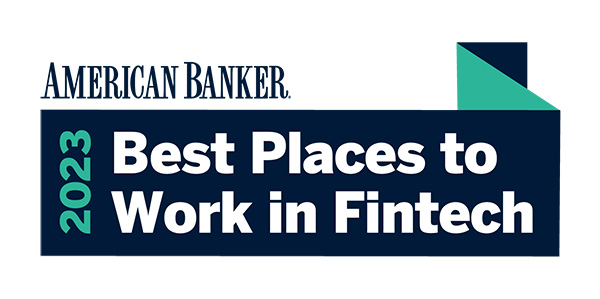Innovation is key for community banks to remain competitive, yet legacy systems often hold them back. These outdated systems, many designed decades ago, lead to inefficiencies, operational bottlenecks, and high maintenance costs, consuming up to 80 percent of IT budgets.
Fortunately, API middleware helps community banks break free from these constraints. Middleware acts as a bridge between legacy systems and new applications, enabling banks to innovate without a complete system overhaul. Middleware may sound daunting and highly technical, but it can be simplified into three key areas where it significantly impacts banks: Integrations, Data Warehouse and Analytics, and Customer Experience.
Integrations
API middleware leverages a "one-to-many" connection model, allowing banks to establish a single, robust integration point that efficiently connects to multiple systems and services. This simplifies the integration process, reduces development time, and provides flexibility to quickly adopt new technologies and services. Key benefits include:
-
Enabling Best-of-Breed Partners: Middleware enables banks to seamlessly integrate with cutting-edge fintech partners and financial service providers.Example: Middleware helps banks partner with fintech partners for enhanced services, including deposit account opening, digital lending, and fraud prevention.
-
Driving Business Banking Value: Direct integrations facilitate additional services and value to commercial customers. Example: An integration with NetSuite streamlines business banking operations and allows banks to better serve business customers.
-
Reducing Manual Efforts: Data entered once is automatically synchronized across critical processes, ensuring accurate records without manual re-entry. Example: Middleware eliminates the need for customer or account detail changes to be manually updated in the core, CRM, and other systems.
Data Warehouse and Analytics
API middleware enables banks to integrate and consolidate data from various sources into a centralized repository, ensuring data quality and consistency. It supports real-time data processing, promotes scalability, and facilitates advanced analytics. This helps banks in:
-
Creating a 360-Degree View of their Customers: Middleware fosters comprehensive customer insights and data-driven decisions. Example: Middleware consolidates customer data from various sources to identify cross-sell opportunities and enhance engagement.
-
Leveraging AI Capabilities: Banks are unable to fully leverage artificial intelligence unless data is normalized and prepared for ingestion. Modernizing the core technology/data layer is crucial for scalable, resilient systems that support real-time AI capabilities. Example: Banks can utilize normalized data in an AI model for predictive analytics.
-
Enhancing Fraud Detection: As banks embrace embedded finance, middleware provides the infrastructure to aggregate customer data and call upon it in real-time, instead of retroactively. Example: Middleware enables real-time fraud detection by analyzing transactions across multiple sources, identifying patterns, and flagging suspicious activities.
Customer Experience
Enhancing customer experience is a primary goal for banks, and API middleware plays a significant role in achieving this.
-
Reducing Friction and Frustration: Middleware allows for faster turn times by automatically exchanging data and triggering processes across applications. Example: Banks can support faster activation of accounts and funds, quicker resolution of tickets, and automatic ordering of third-party services.
-
Personalizing Your Banking Services: Middleware unifies disparate data, giving bankers a full view of their customers – enabling personalized banking experiences. Example: Middleware can help a bank offer tailored treasury management services for improved cash flow management to business customers.
-
Increasing Omnichannel Consistency: Middleware helps unify disparate sources of customer and internal data into one platform, forming a single source of truth. This creates a seamless, connected experience across channels. Example: A customer’s transaction history can be updated in real-time across all channels, allowing them to see the same account balance regardless of channel.
API middleware offers transformative benefits for community banks in integrations, data warehouse and analytics, and customer experience. By adopting these solutions, banks can enhance operational efficiency, gain deeper customer insights, and provide superior service. To learn more about how Core10 can assist with API middleware solutions, contact us today.






